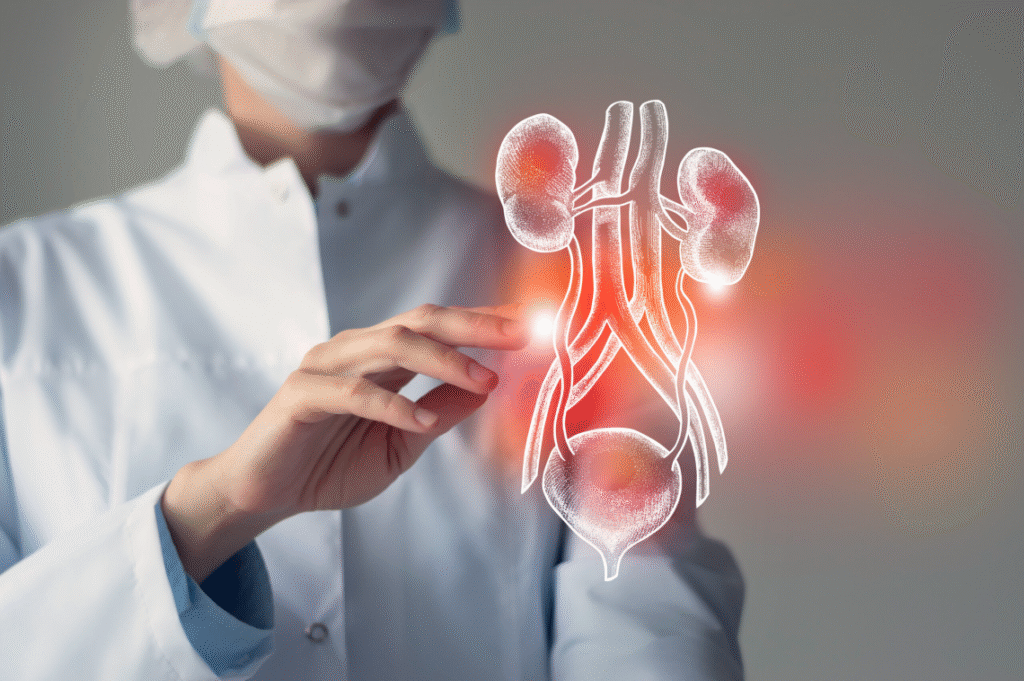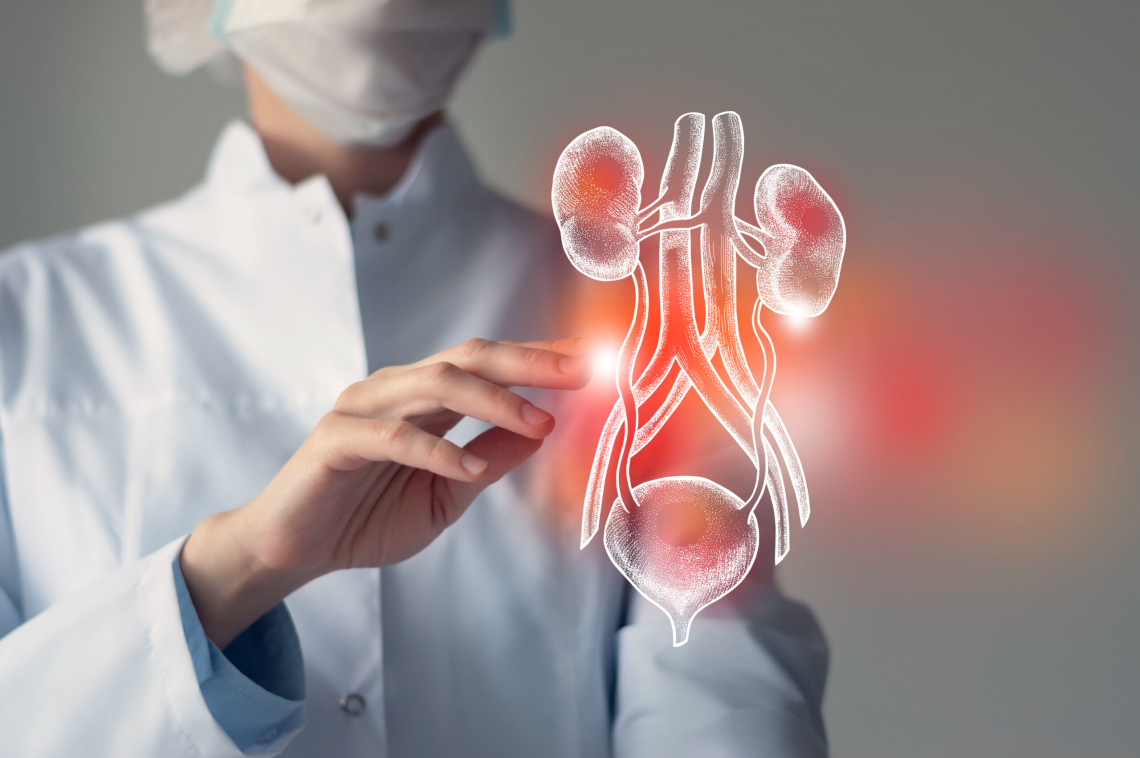
Reconstructive urology focuses on restoring the structure and function of the urinary tract and reproductive organs. It encompasses repair of urethral strictures, fistulas, traumatic injuries, congenital abnormalities (such as hypospadias) and complications from previous surgeries or radiation therapy. The goal is to restore normal urination, preserve sexual function and improve quality of life.
Causes / risk factors
- Trauma to the urethra, bladder or genitalia (e.g., accidents, pelvic fractures)
- Congenital conditions such as hypospadias and epispadias
- Cancer treatments (surgery, radiation or chemotherapy)
- Complications from catheterisation, instrumentation or previous surgeries
- Chronic infections, inflammatory diseases and tissue loss
Symptoms
- Difficulty urinating or urinary retention
- Urinary incontinence or leakage from abnormal openings (fistulas)
- Pain, swelling or deformity of the genitalia
- Erectile dysfunction or ejaculatory problems
- Recurrent infections or foul‑smelling discharge
When to seek help / emergency signs
- Inability to urinate or severe urinary leakage
- Persistent pain, bleeding or swelling after injury or surgery
- Fistula leakage causing skin irritation or recurrent infections
- Sudden change in urinary or sexual function following trauma
- Concerns about congenital anomalies in infants or children
Diagnosis
Evaluation includes cystoscopy to visualise the urethra and bladder, ultrasound and retrograde urethrograms to identify strictures, fistulas or structural defects. MRI or CT scans may be used to map complex injuries or congenital abnormalities. Urodynamic studies and imaging help plan surgery and assess bladder function.
Treatment options
We tailor surgery to each patient’s needs:
- Urethroplasty – Removal of strictured segments with re‑anastomosis or grafting using buccal mucosa or skin grafts.
- Fistula repair – Closing abnormal connections between the urinary tract and other structures, often using tissue flaps to reinforce closure.
- Genital reconstruction – Correcting congenital anomalies, repairing traumatic injuries and restoring appearance and function.
- Bladder or ureteral reconstruction – Using intestine or tissue grafts to enlarge or replace damaged segments.
- Robotic and microsurgical techniques – Employed for precision, reduced blood loss and faster recovery.
Prevention / aftercare
Use protective equipment during high‑risk activities and seek immediate care after pelvic injuries. Follow postoperative instructions carefully, manage catheters correctly and attend regular check‑ups. Promptly treat infections and avoid smoking to support tissue healing.
Contact Us
If you have a complex urological issue, trust our reconstructive expertise. Book your consultation to explore personalised solutions.
